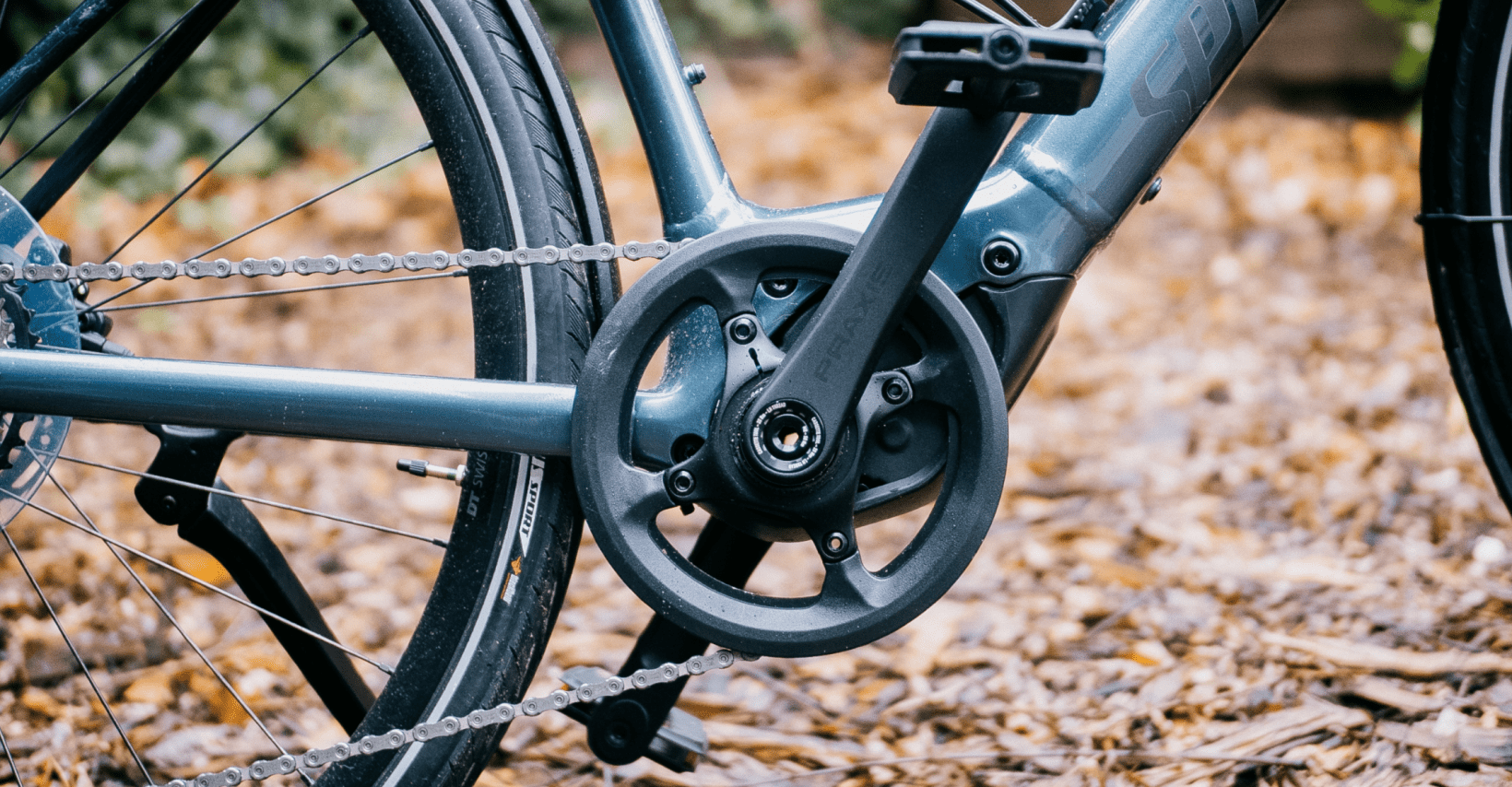Before you buy an ebike, you should learn the difference between a ‘cadence’ and ‘torque’ sensor. These sensors are what tell an ebike’s motor how much pedal assistance to provide. The sensor type is one of the most important aspects of a bike’s ride quality, so it’s unfortunately this spec often goes ignored relative to power or battery size.
For some riders, the difference between a cheaper cadence sensor and a fancier torque sensor is massive and can significantly affect ride quality. For others, torque sensors aren’t worth the premium.
Whichever camp you end up falling into, it’d do you well to know the difference.
Cadence sensors
Cadence sensors offer the most basic type of pedal-assist technology. They measure how quickly you are turning the pedals, often by placing a series of magnets around the crank arms.
A typical ebike might have 8-14 magnets arranged in a circle, which are used as ‘checkpoints’ for pedal rotation. When movement is detected, the sensor tells the motor to start working.
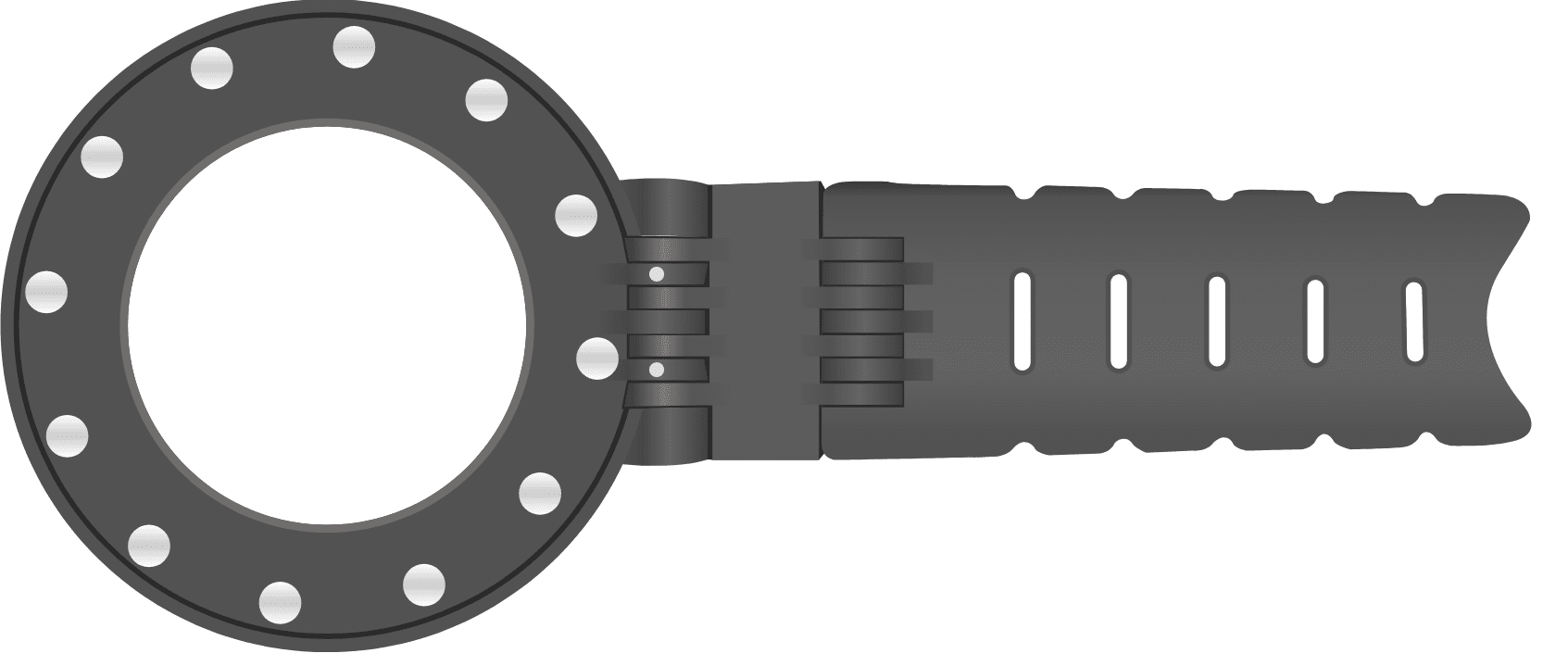
Though every ebike manufacturer will tune its bike’s power delivery differently, cadence sensor ebikes generally send specific amounts of power to the motor depending on your pedaling speed and selected pedal assist level. If you have your bike set to a low assist level, for example, the manufacturer has likely set a strict limit on how much power the motor can provide at a given cadence.
The net effect is that cadence sensor ebikes tend to feel a bit like riding with a pedal-activated on-and-off switch.
As a general rule, cheaper ebikes only come with cadence sensors. Almost anything under $1,500 will be cadence-only.
Torque sensors
A torque sensor, on the other hand, measures how hard you are pedaling — how much force you’re applying to the pedals.
On the surface, it might seem like cadence is directly tied to effort, but not always. For example, when going up a hill, carrying heavy cargo, or starting from a stop, you’ll need more power than when cruising along a flat road. Likewise, you probably want your bike to provide less of a boost when you’re going downhill.
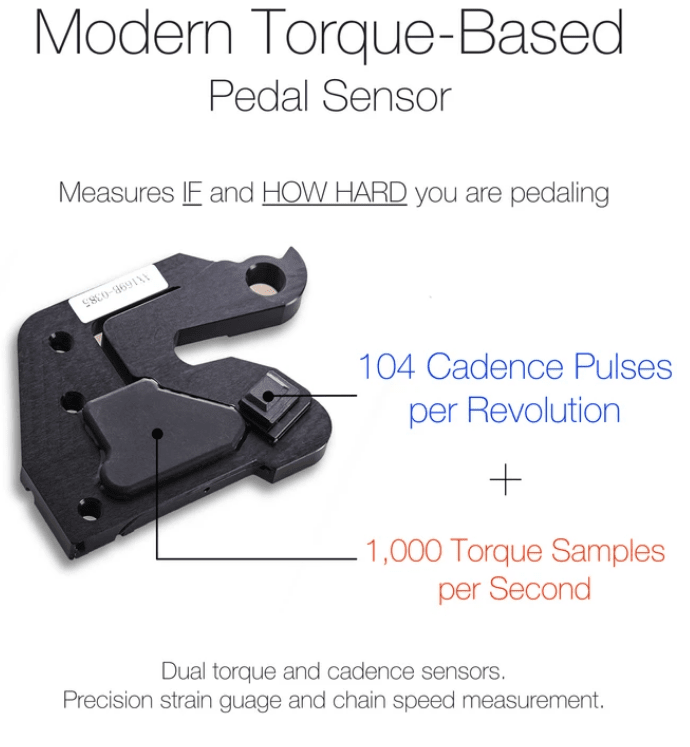
Because it is continuously analyzing effort rather than just checking for rotation at a handful of intervals, a torque sensor is able to adjust the motor’s assistance more dynamically and intuitively.
Say you’re riding along a flat path and come across a hill. On a cadence sensor bike, you’ll likely get the same amount of power going up the hill as you did on the flat; if you’re on a low assist level, you might find yourself turning the assist level up to compensate. Granted, the motor might ramp up a bit if your cadence falls below a certain threshold, but it’s not fully responsive to your efforts.
[Read more: ]
With a torque sensor ebike, the motor’s power delivery can vary more widely and dynamically. In some cases, you might not need to turn up the assist level as you attack the hill, because the ebike can tell you need more help.
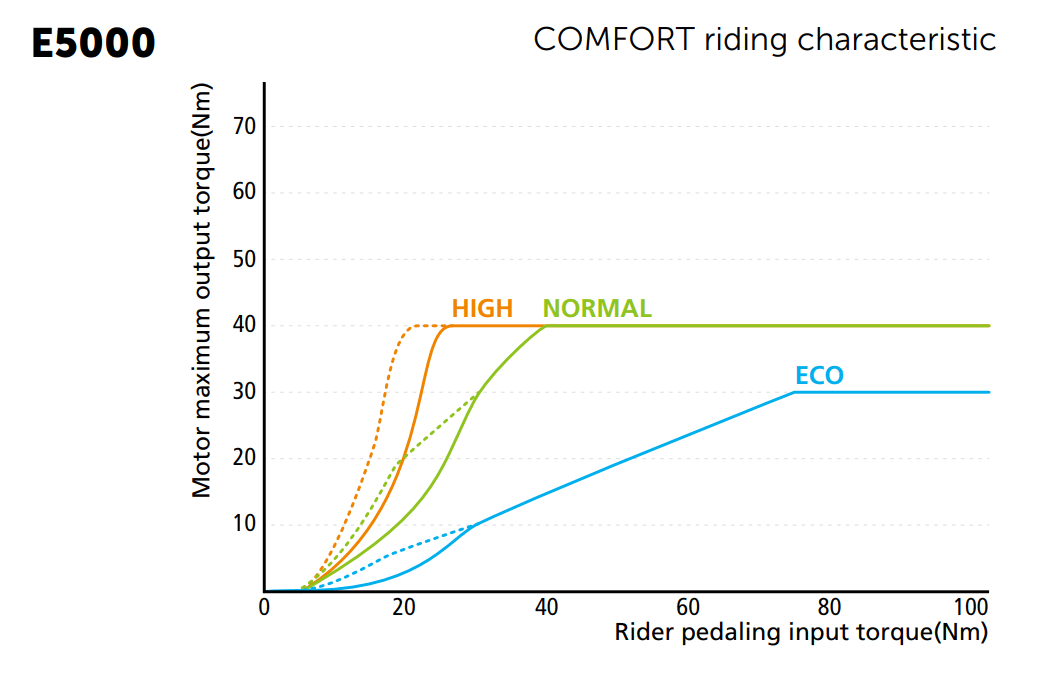
Similarly, cadence sensors can feel a little jerky at high pedal assist levels. They will tend to take longer to get started to ‘calculate’ your cadence, and if you are on a high assist level, moving your pedals just a little bit can lead to a big surge in motor power.
A torque-sensing ebike can tell if you’re pushing the pedals gently. If you gingerly move the pedals (say, when riding in the rain), it won’t provide a ton of power even you are on a high assist level. But pedal hard and the bike will respond proportionately.
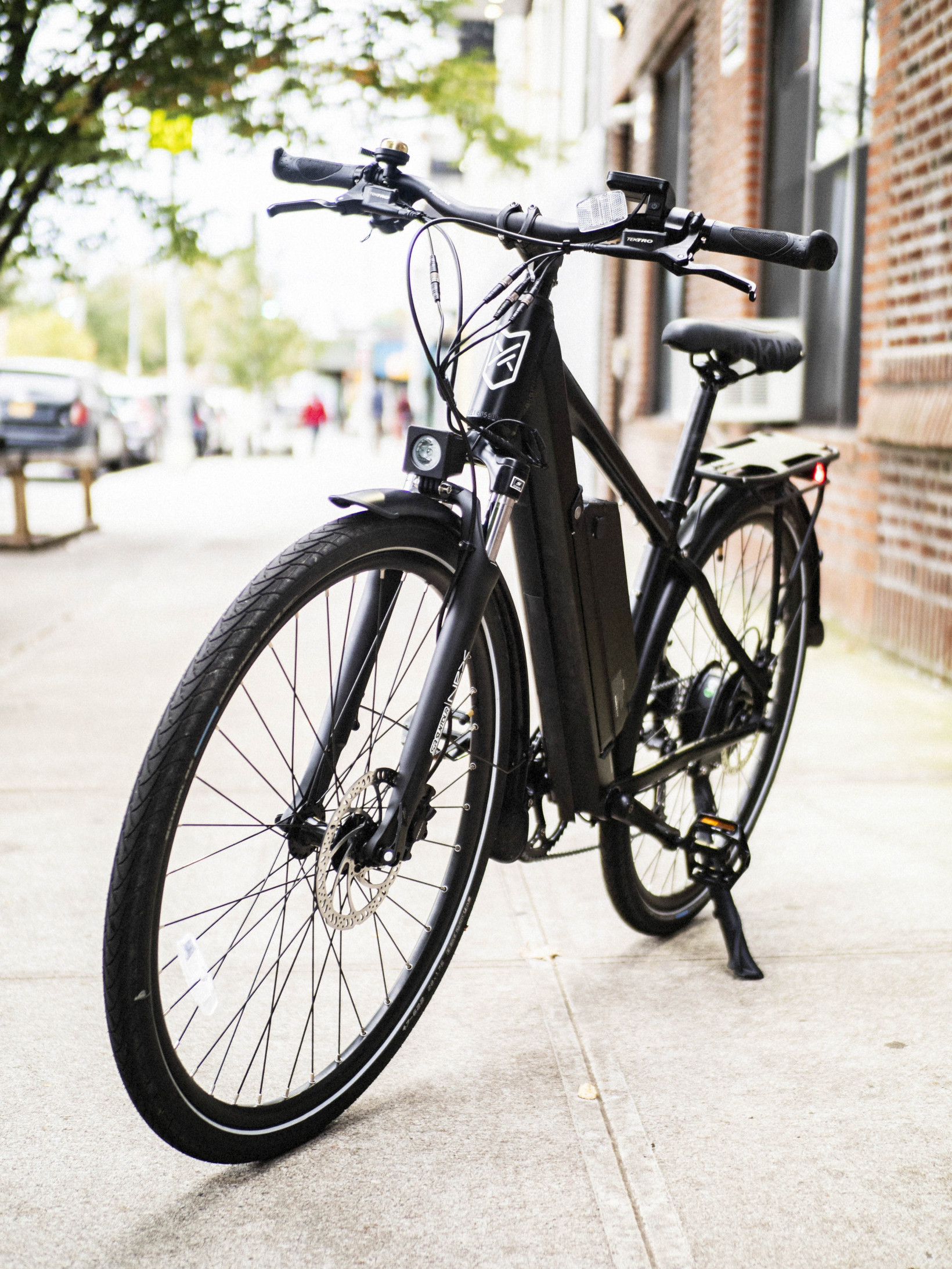
This means a well-implemented torque sensor will feel far closer to riding an ‘acoustic’ bike — less like you’re being pushed along by a motor and more like you’ve been given superhuman legs.
Torque sensors also usually extend battery range, as they only deliver as much power as needed. In contrast, I find myself having to brake more often on cadence-only systems to regulate my speed.
The caveat is the price. Torque sensors are far more sophisticated components and thus a lot more expensive to make, so they’re typically only offered in more expensive ebikes.
In my experience, most torque sensor bikes are above $2,000, and below $1,500 is extremely uncommon. And if a bike’s spec sheet doesn’t specify the sensor type, it is almost certainly using a cadence sensor only, especially if it has a hub-drive motor.
So are torque sensors always better?
In my experience, yes. But there are some nuances to be aware of.
Some cadence sensors bikes try to replicate a more natural pedaling experience by employing smoother power delivery curves or using more magnets to poll for cadence at smaller intervals.
If you want a throttle, you’re also more likely to find one on a cadence-based ebike. That’s because many torque sensor ebikes use mid-drive motors, and the majority of these don’t support throttles. The throttle partly makes up the difference, as it allows you to get all the power you need out of the motor without having to change assist levels.
Likewise, not all torque-sensing systems are made equal, and some are smoother than others.
There are even people who might prefer a cadence-only system, such as some of those who have sensitive joints. Torque sensors are typically (not always!) tuned to require a little more effort to really get going, whereas a cadence-based ebike doesn’t care about your effort, only that you’ve rotated the pedals enough.
But are torque sensors worth the extra money?
There are a lot of variables to consider. But all else being equal, is a torque sensor is worth the premium? That’s something only you can decide.
For example, you might not find the difference significant if you just want a bike for errands, commuting, and cargo.
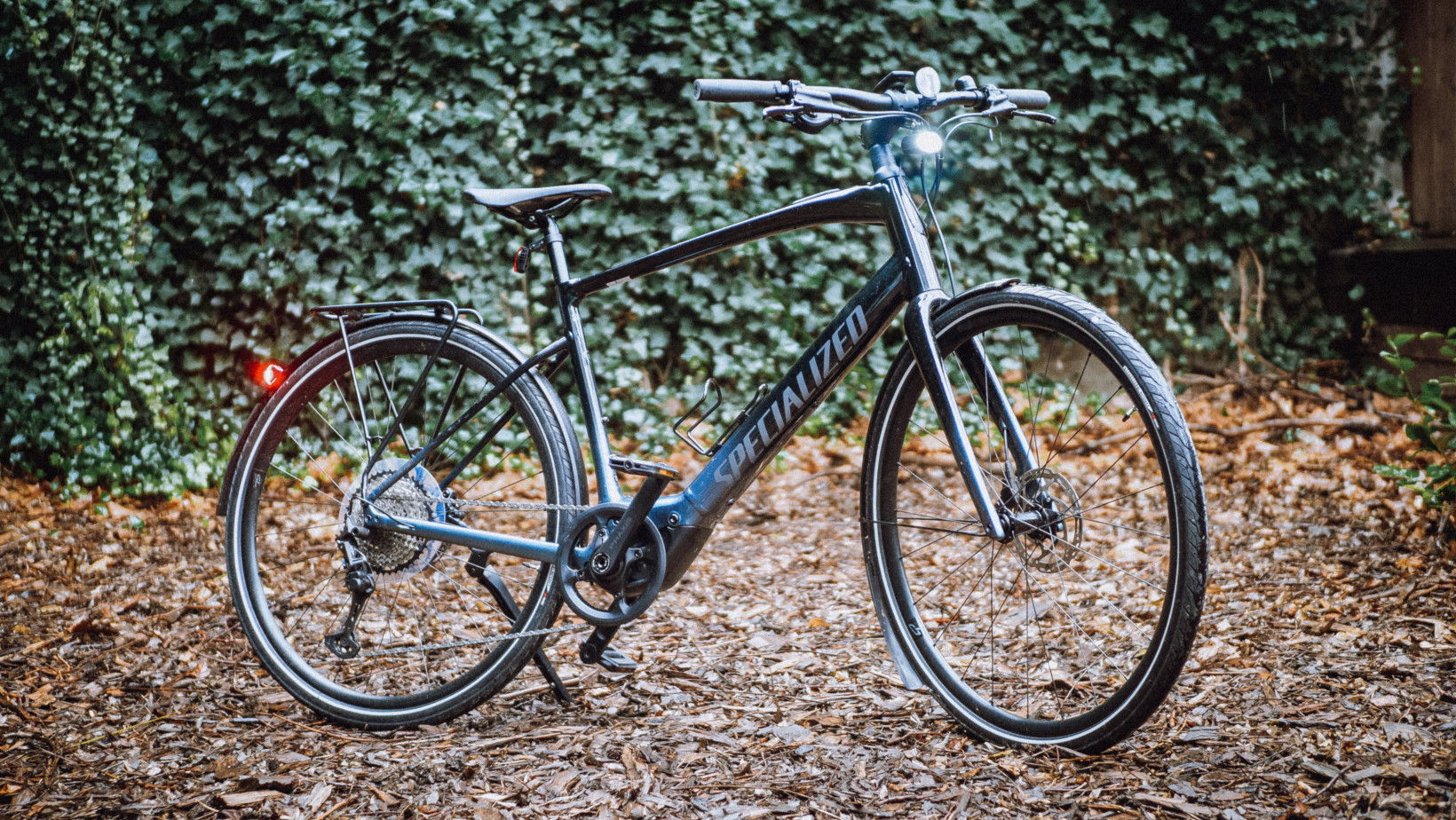
On the other hand, if you really enjoy the cycling part of ebikes, there’s a good chance you’ll prefer the more natural input provided by a torque sensor. You don’t need to be a die-hard cyclist either; I’m a casual rider and I still find it hard to go back to cadence-only ebikes these days.
Of course, that doesn’t mean you can’t enjoy the cycling experience with a cadence-only ebike; it’s just the torque-sensing premium may not be worth it.
If possible, try to test-ride cadence-only and torque-enabled ebikes available around you, and see if you can tell or care about the difference. This is easier said than done in this age of coronavirus, but it’ll give you a better idea of what to expect.
Hopefully, as ebike technology advances and components become cheaper, you won’t have to choose.

SHIFT is brought to you by Polestar. It’s time to accelerate the shift to sustainable mobility. That is why Polestar combines electric driving with cutting-edge design and thrilling performance. Find out how.
Published March 25, 2021 — 17:59 UTC
